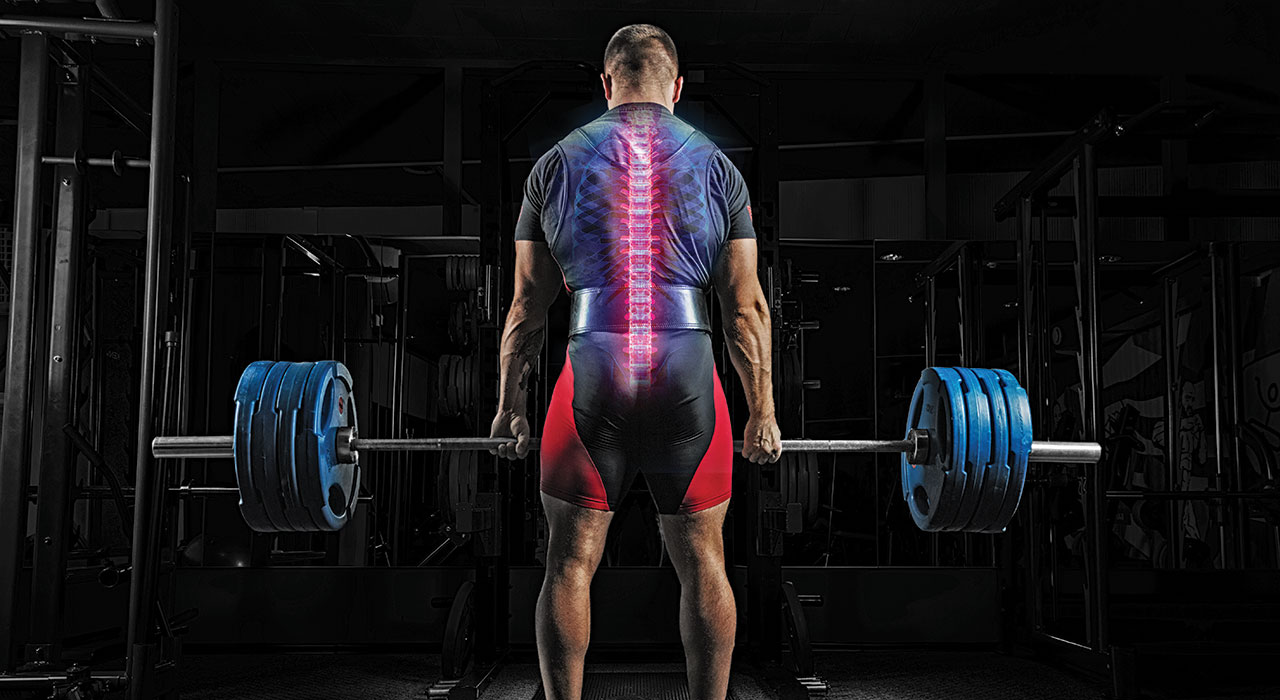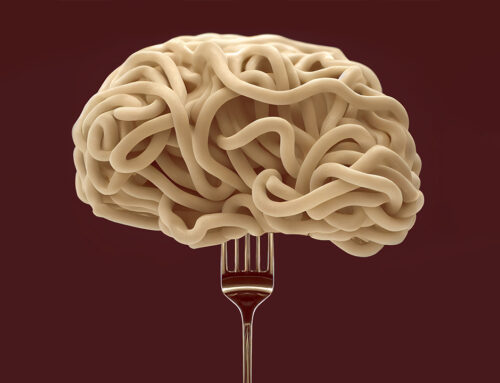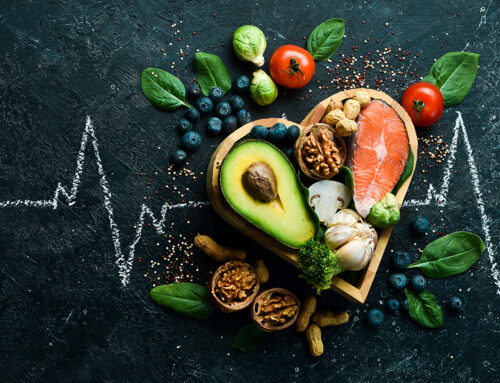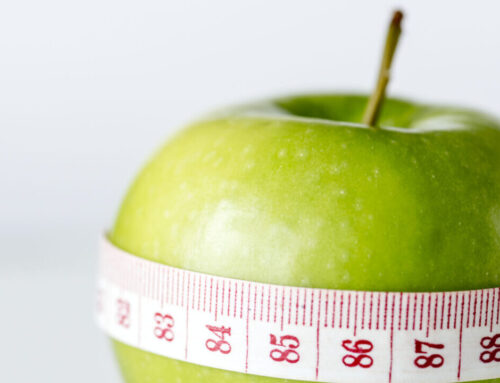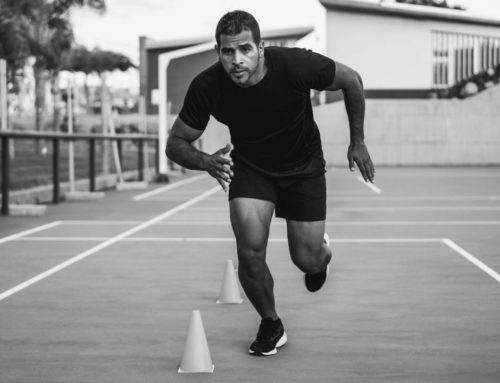Reclaim your iron spine to relieve pain and get to the top of your game by building the muscles that really matter.
Millions of people suffer from lower back pain. It can be a debilitating, chronic and disheartening ailment that affects mood, fitness, sex life and overall happiness. Despite its widespread prevalence, the source of lower back pain can be mysterious and elusive to decode. Generally, the problem stems from injuries or wear and tear around the vertebral disc columns of the spine. This can include herniated, bulging or cracked discs, spinal stenosis and arthritis, or injuries to the facet joints and ligaments that surround the spine. MRI image work can often uncover underlying causes of back pain, but often there will be individuals with little to no spinal problems who are in serious pain, while people with clear spinal irregularities may be pain free? So there is not always a direct relationship between MRI results and pain. The one constant is that people with strong backs, ones with highly developed musculature around the core and spine, generally suffer less from chronic back pain. Allowing muscles that surround and support the spine to bear the brunt of the load, limiting the compressive forces on discs may be the key to stopping and avoiding back pain over the long term. This is where you want to be and you should always aim to power up this area of your body because you use it in every single exercise you do in and out the gym.
Back From The Dead
For all the movements the human body can perform, the deadlift in the most effective in developing the overall strength of your back. Not to mention, the tremendous daily utility in being able to have strong capacity in being able to pick things up off the ground. Yet for some crazy reason, despite that fact that this movement has the ability to save the life of a back, it is the one that doctors commonly instruct patients with lower back pain to avoid? If it hurts, don’t do it! But where does that leave people over the long term? It probably results in the problem only getting worse.
A movement as functional as the deadlift is rehabilitative in nature. People with hurt backs need a return to pain-free functionality as a starting point. This does not mean doing 1 repetition maximum deadlifts off the bat. It may begin with training basic strength and awareness around the spine, building up to the full movement with a pain-free range of motion and then progressive loading to build strength and musculature. Practicing high-rep low-weight deadlifts can speed up the healing process of the back. This training provides three major benefits:
1) Bringing blood, nutrients, and synovial fluid to the spine to assist in healing discs and tissues.
2) Building musculature (hypertrophy) around the muscles that surround and support the spine.
3) Building strength and awareness of proper positions that will be needed outside the gym.
DEADLIFT TO HEAL
Here is the ideal protocol for athletes rehabbing that back with the help of the deadlift…
Phase 1 (Acute)
• 3×30 second hip bridge hold
• 3 x 30 second plank hold
• 4 x 25 reps PVC deadlifts to the knee
Do a regular deadlift but only use a piece of PVC piping and keep it as close to your body as possible, especially during the lowering phase of the movement.
Phase 2
• 3×15 active hip bridges (driving hips up off the ground)
• 3×1 minute plank hold
• 4x 25 reps of barbell deadlift to below the knee
Phase 3
• 3 x 30 second hold – Glute ham developer face down superman
• 4 x 1 minute each of plank and side plank
• 4 x 25 reps deadlifts @65lb
Phase 4
• 3 x 10 reps glute ham developer hip extensions
• 4 x1 minute single leg plank and single leg side planks
• 4 x 25 reps 95lb deadlift
How to use it
Keep in mind this protocol is just to get athletes out of “trouble” in the injury department. Do each phase until you can complete them pain free before you move to the next one, which should take 4-8 weeks. Once athletes can perform 4×25 reps of a 95lb deadlift pain free they are mostly out of the woods and ready to pursue a broader training program, but this should still center around building pain-free capacity in the deadlift. Don’t forget the back once it’s better!
EXPERT: Dave Lipson is one of the world’s strongest CrossFit athletes who works at part of CrossFit HQ Staff and Thundrbro training programs


